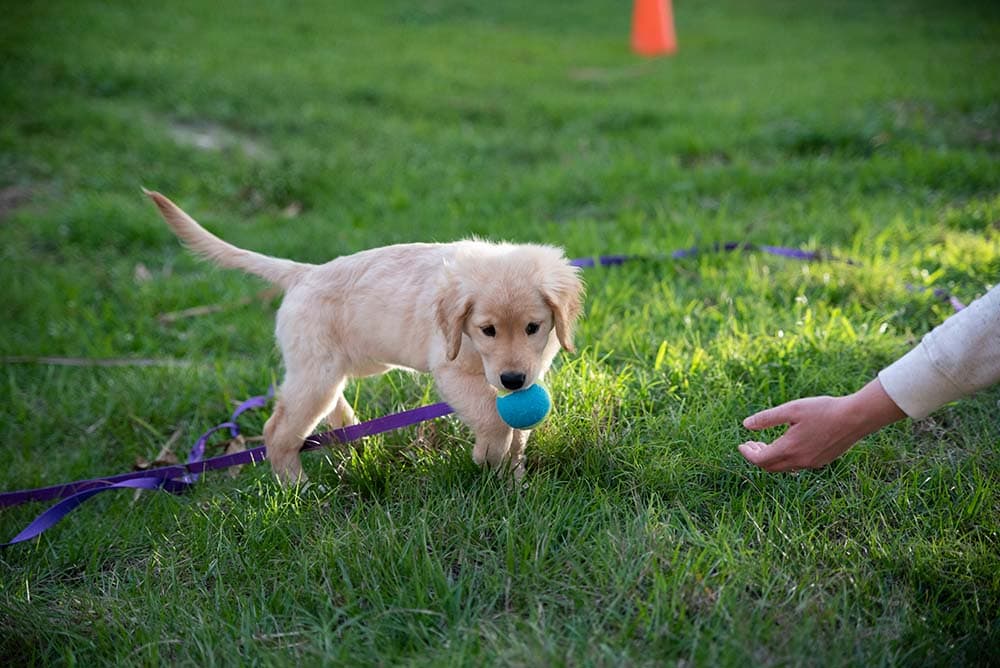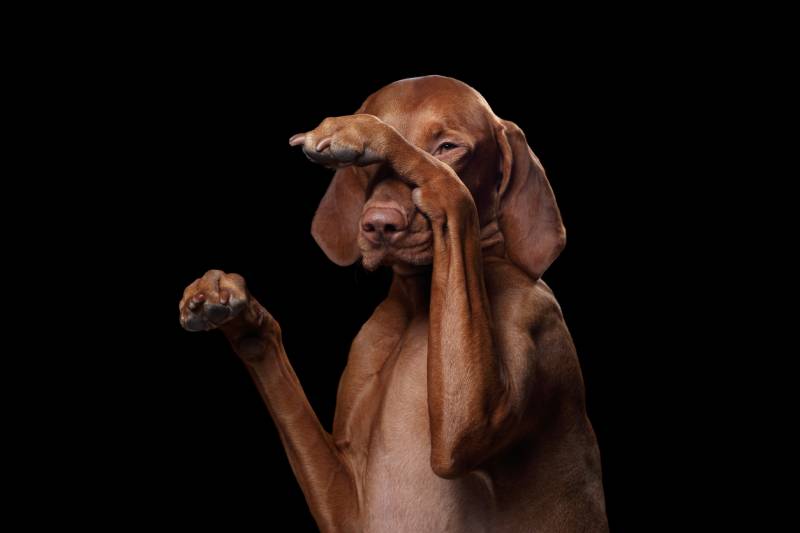Can Dogs Smell Cancer in Dogs? Vet Approved Facts & FAQ

Updated on
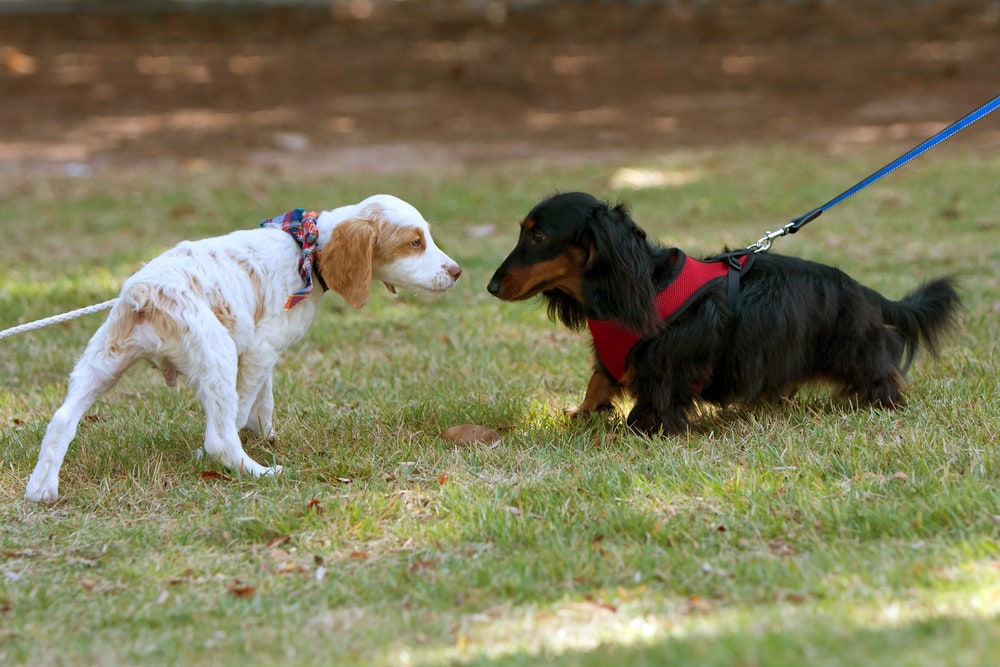
Thanks to their superior sense of smell, dogs have been trained to detect a range of scents, from drugs to natural disaster victims. Research 1 has already demonstrated that dogs can smell disease, including cancer, in humans, but what about other dogs? Based on currently available studies, scientists aren’t sure whether dogs can accurately detect cancer in other dogs.
In this article, we’ll talk about what the science currently says about the cancer-detecting abilities of canines. We’ll also discuss how dogs can smell cancer in the first place. Finally, since you can’t rely on a dog’s nose to sniff out cancer in your pet, we’ll discuss some early warning signs of cancer in dogs.
Dogs Have an Incredible Sense of Smell
The olfactory systems of dogs are remarkably sensitive and can detect odors in concentrations as low as parts per trillion2. To put that in perspective,3 human noses have around five million scent glands. The canine nose has anywhere from 125 million to 300 million scent glands,4 depending on the breed. That’s powerful enough to smell a drop of liquid in a body of water as big as 20 Olympic-sized swimming pools!5
They can also inhale as much as 300 times a minute6, so a dog can take in and process more odor molecules than humans. Despite being so powerful, dogs have no idea what “cancer” is, let alone how to detect it from the trillion other unique scents in the environment or in other dogs.
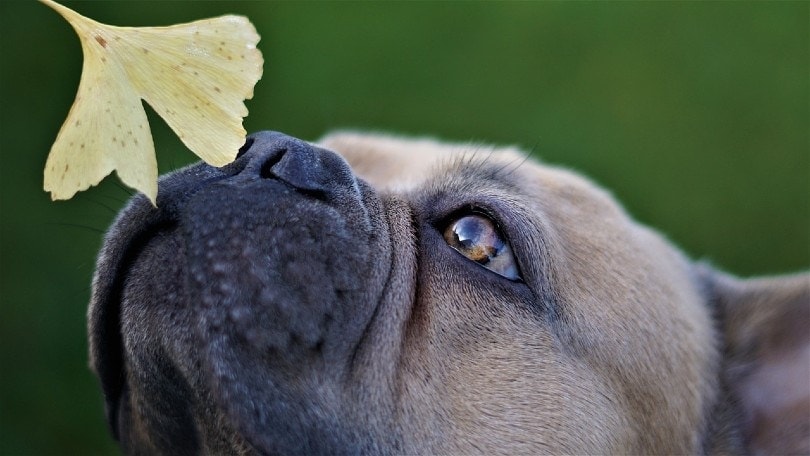
What Science Says About Dogs Smelling Cancer in Other Dogs
Current research into whether dogs can smell cancer in other dogs is somewhat limited. In 2019, researchers at North Carolina State University (NCSU) conducted a study 7 to determine if dogs could detect bladder cancer in urine samples. In this study, the dogs could not reliably tell the difference between urine from dogs with cancer and those without it.
The NCSU researchers suspected their study failed mainly because they didn’t have a large enough sample size. In addition, the dogs may have been confused by the scents of the individual patients used in the study rather than the cancer cells themselves. The researchers plan to continue their work and gain further knowledge on this subject.
At this point, there’s not enough scientific evidence to say dogs can smell cancer in other dogs. The science 8 is conclusive that dogs can smell cancer in humans, so it’s fair to suspect that they can do so in other canines. Other studies 9, including one in the U.K., are continuing to try and prove this theory correct.
A plausible explanation for this is the fact that dogs possess an organ in their nasal passage called the vomeronasal organ, also known as the Jacobson’s organ. This organ picks up pheromones, which are chemicals unique to dogs which other dogs can detect. Interference from this organ might have led to an inability to detect cancer, as this organ picks up other queues when dogs smell the urine of other dogs. These queues include information about their mating readiness, sex, and age.
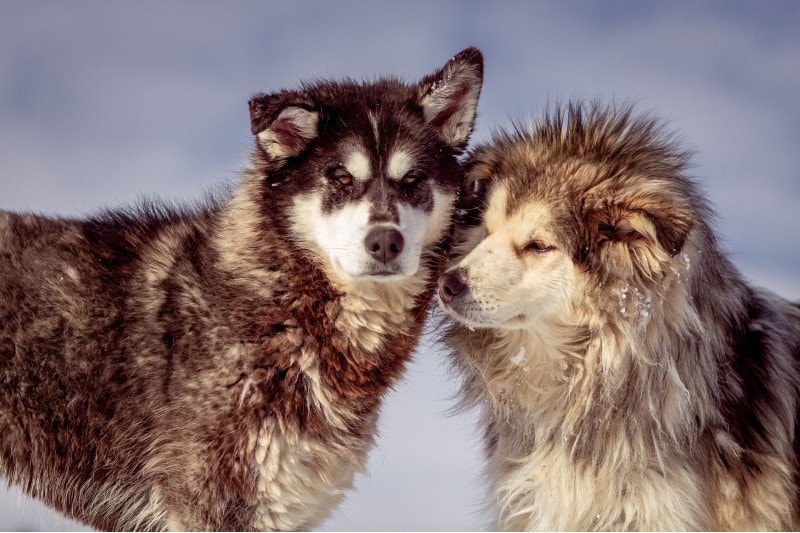
How Can Dogs Smell Cancer?
Cancer cells emit volatile organic compounds (VOCs) that have unique chemical signatures versus healthy cells. Scientists theorized that dogs may be able to detect these cancer VOCs when they come into contact with a cancerous area, such as smelling the breath, urine, or sweat of a human with cancer.
So far, the research has proven promising. Lucy, a Labrador cross, could detect prostate, kidney, and bladder cancer in humans with 95% accuracy. This dogs were able to detect breast cancer from breath samples with 88% accuracy and with 99% accuracy for lung cancer. MIT is already working on a device that could mimic the scent-detection abilities of dogs.
Now, the key to all these breakthroughs was training. Regardless of what you want a dog to do, they need comprehensive and intensive training to learn the behavior. This applies to everything, from a simple “sit” to teaching a dog to detect bombs, drugs, and yes, cancer.
Why? Because the process of “detecting cancer” is a layered one. It doesn’t start with “sniffing out cancer,” per se. It starts with simple commands and then build up to more and more difficult tasks.
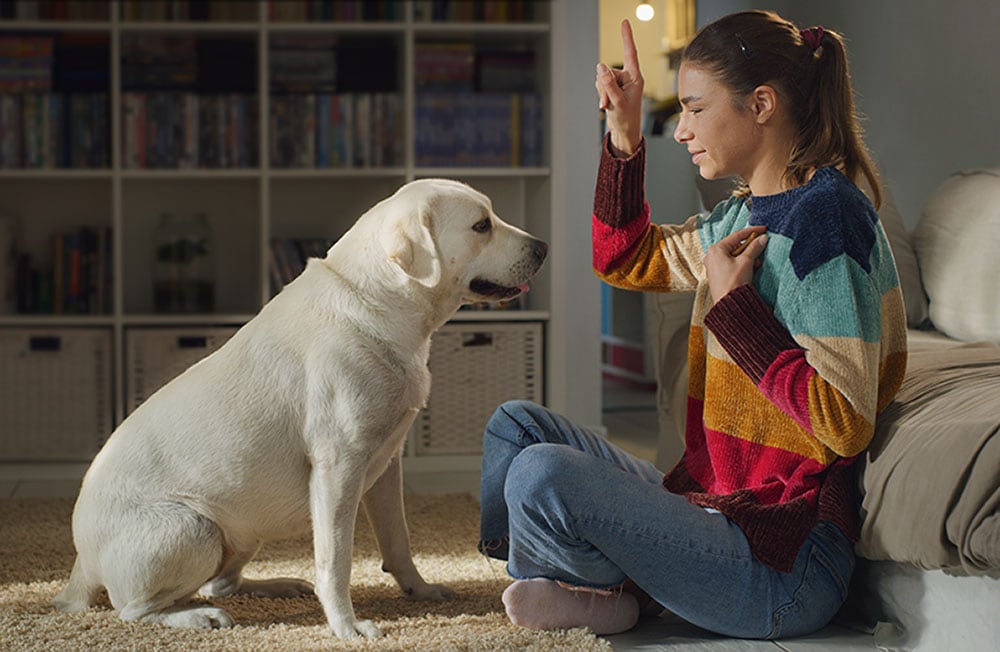
Here’s a super simple example of lessons and commands that a cancer-detection dog may have to learn:
- Sit
- Lie down
- Stay put
- Move forward on command
- Stop and stay when commanded
- Learn the “alert” cue
- Learn to identify between general smells
- Identify the smell of healthy cells
- Identify the smell of cancer cells
- Differentiate between smells
- Alert handler when cancer is detected
And that’s just the start. For instance, it requires countless repetitions to develop accuracy. Dogs and their handlers need to train for months and, more commonly, several years to get to the point of cancer detection.
Signs Your Dog May Have Cancer
Dog owners may notice changes in how their pets behave towards each other and wonder if it means one is sick with cancer or something else. Dogs are extremely sensitive to changes in each other’s body language, mood, and scent. However, several conditions could cause these changes, not just an illness.
Here are some signs to watch for that may indicate your dog has cancer:
- New lumps or bumps
- Weight or appetite loss
- Sores that won’t heal
- Coughing or difficulty breathing
- Increased drinking and urination
- Lower energy levels
- Limping and other signs of pain (for example: crying in pain when touched)
- A change in bathroom habits
Many of these signs can also indicate other medical conditions besides cancer. You should see your veterinarian immediately if you notice any of them in your dog. They’ll be able to examine your dog and run diagnostic tests to determine what’s happening.
Additionally, you should also take your dog for routine veterinary check-ups and not just visit a vet when you think your dog is unwell. Wellness veterinary check-ups are essential for making sure your dog is in good health. Routine analysis of your dog’s blood, urine, and stool, alongside other tests advised by your vet are recommended at least once a year for young, healthy adult dogs and twice per year for seniors.
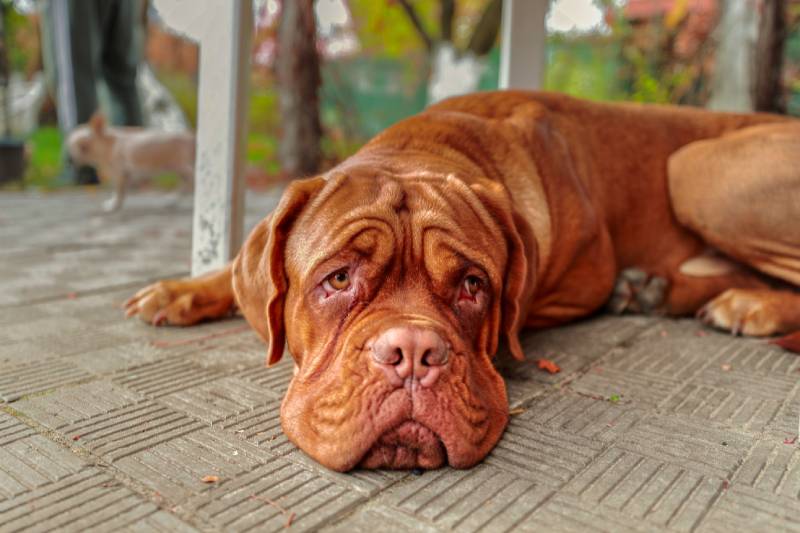
Final Thoughts
Despite their fantastic sense of smell, we don’t know whether dogs can detect cancer in other dogs. Scientists continue searching for answers, hoping that new knowledge can help advance early detection technology. Whenever cancer occurs in dogs, the earlier it is diagnosed, the better the prognosis, remission, and recovery prospects are. If you’re concerned about your dog displaying any of the signs we discussed, don’t delay making an appointment with your veterinarian.
See Also:
Featured Image Credit: Blulz60, Shutterstock




